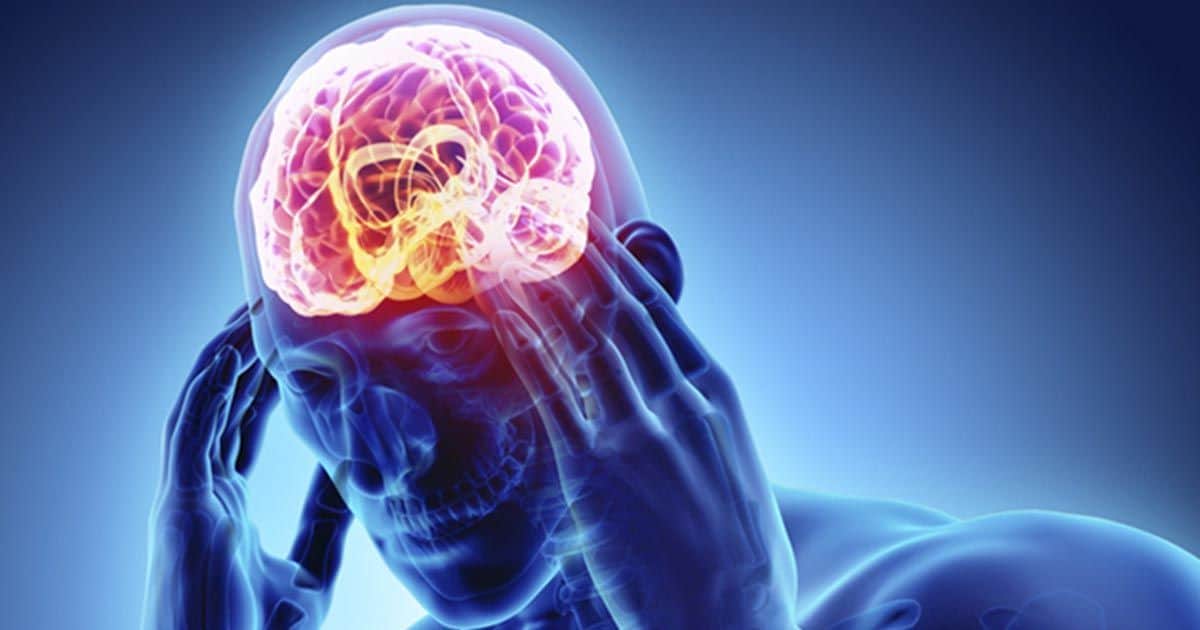epilepsy It is one of the most complex diseases in the world. This condition describes a disorder of the brain that results in a predisposition to repeated seizures.
Next, the neuropediatrician Ceila Ferran answers to elCaribe the main concerns that exist about this pathology.

What is epilepsy?
It is good to start by clarifying the terminology because, although the terms are usually used in an undifferentiated way, they are not in all cases. For example, there is no difference between what is known as epileptic seizure and epileptic seizure, both concepts refer to the same thing.
However, it is necessary to differentiate the terms seizure, epileptic crisis and epilepsy.
Is it a seizure?
The seizure consists of an involuntary contraction of the muscles and may be due to an epileptic crisis or other causes. On the other hand, epileptic seizure is a transient event that comes from abnormal or excessive activity of brain cells -neurons- that may well manifest as a seizure or in other ways.
Therefore, not all seizures are seizures and not all seizures are seizures.
Furthermore, epilepsy as such is a long-standing condition in which an imbalance between excessive neuronal excitation and poor inhibition leads to a predisposition to recurrent epileptic seizures.
Who are more likely to suffer from epilepsy?
It is important to know that anyone can suffer from epilepsy. Epilepsy affects both men and women of all ethnic groups and ages. But there are two moments in life in which it is more frequent: childhood and old age.
It is estimated that 50 million people worldwide are living with epilepsy. In general, the lifetime risk of having a seizure of any kind is estimated to be 8%, and the lifetime risk of epilepsy is about 1%.
In children, the average incidence of epilepsy is approximately 0.1% with a prevalence of 1/200.
What are the signs that warn parents of possible childhood epilepsy?
The most obvious are usually seizures. Those sudden and uncontrollable movements of the arms and legs, which can be generalized or localized in one hemibody or a single extremity, are very striking.
Now there are many different types of seizures and hence the wide range of symptoms.
How do seizures present?
Most seizures can be brief, lasting only a few seconds, while others can last minutes.
These episodes cause sudden loss of muscle tone, fainting, while others cause confusion or a lost look into space. Some events take place during the day, others at night.
Epilepsy mimics?
In general, when “strange” things are observed, one must think that something may be happening at the brain level and, for this reason, the greatest challenge for diagnosis is to differentiate it. with other paroxysmal disorders. These other paroxysmal disorders are not mechanically epileptic, but since they present as if they were epileptic, they are also known as epilepsy mimics.
This wide variety of symptoms is because the type of seizure a person has depends on where in the brain it occurs and what part of the brain is involved.
Classification of epilepsy?
Epilepsy can be focal, generalized, or unknown, depending on how and where the abnormal brain activity begins.
They are called focal, if it affects a particular part of the brain, and generalized, if it affects the whole brain. The term ‘unknown’ is used to indicate that the patient is understood to have epilepsy, but it is not possible to specify whether it is focal, generalized or a combination of both.
In this context, imaging studies, electroencephalogram and other investigations, when available, help to optimize the classification.
What are the causes of epilepsy? Is epilepsy a genetic disease?
There are many causes that can lead to the development of childhood epilepsy; in turn, these crises can occur in patients with previous brain injury, also with genetic, metabolic alterations, a history of infections, cranial trauma.
In this world of causal explanations, one of the most significant aspects is that, in an important percentage, the cause is unknown.
- Epilepsy, does it have treatment? And, if it does, does it ever cure the disease? Do they need a special diet?
Treatment for epilepsy usually begins with antiepileptic drugs. However, it is important to remember that epilepsy is a complex condition and every child is different.
Thus, since not all children respond to treatment in the same way, there is no “right treatment.”
The treatment to be followed is decided based on the type of epilepsy, the characteristics and frequency of the seizures, the age and clinical history of the patient, and the fewest number of side effects.
The drug will not work properly until it reaches a certain level in the body, and that level must be maintained by taking the drug regularly. For that reason, it is vitally important to follow your doctor’s specific instructions regarding medications.
In most cases, it is possible to control epilepsy with oral drugs. Some require lifelong treatment, while 50-70% of children outgrow their condition with age and can discontinue medication.
Within this second group are self-limited epilepsies.
However, there is a third group of patients. These, despite the use of medications, in adequate doses and well chosen, persist with crises. These are refractory or difficult-to-control epilepsies.
In this group, the administration of several antiepileptic drugs may be necessary to control the seizures, and on some occasions the seizures may persist despite treatment.
Finally, allow me to point out that, currently, in addition to drugs, we have available
alternative treatments, such as brain surgery, placement of medical devices to prevent and control seizures (eg, a vagus nerve stimulator, sensitive neurostimulator, or deep brain stimulator), and dietary therapies (eg, the ketogenic diet where it is a question of drastically modifying the diet by suppressing the sugars that remain in a very low proportion and increasing the contributions of fats and lipids, modifying the cerebral metabolism) for children and adolescents who continue to have seizures while taking medication.
- Epilepsy and society?
Epilepsy is not just seizures, it is also associated with lower educational attainment, greater behavioral problems, higher rates of social isolation, and significant economic repercussions.
While the social effects vary from country to country, the stigma and discrimination surrounding epilepsy around the world are often more difficult to overcome than the seizures themselves.
People with epilepsy can be subject to prejudice and isolation. Therefore, within the treatment we must provide them with the complementary help they need and contribute to the common purpose of reducing the stigma that epilepsy entails in our society.
Above all, because said stigma, for the most part, is due to misinformation.


















